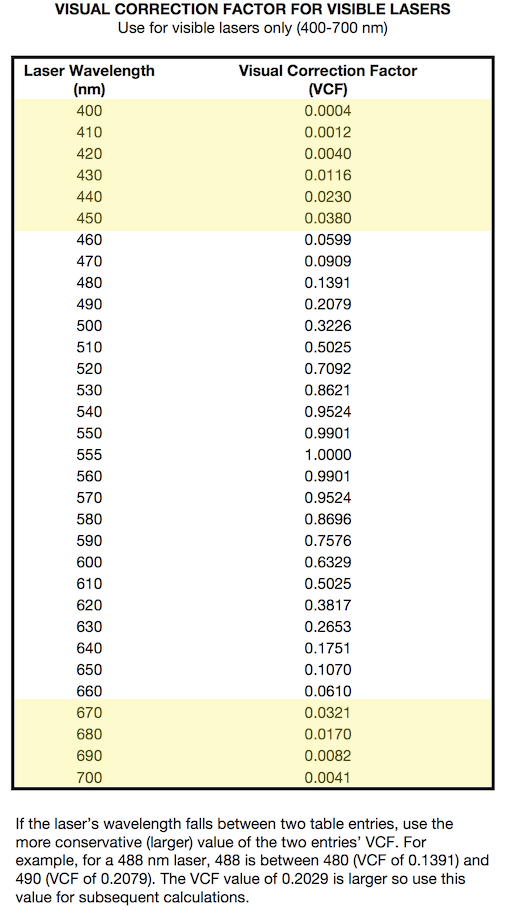BobMc
0
- Joined
- Apr 23, 2016
- Messages
- 3,685
- Points
- 113
Hey Bob, you're not planning to use this in the grow room are you? :shhh:
And FWIW, a little birdy told me that lasers just ticks Bigfoot off, so keep that in mind too.
Haaa, you busted me me CE5, shucks! :crackup: and what's worse is it doesn't scare off Bigfoot! Man them critters are getting smarter every day.
Last edited:







